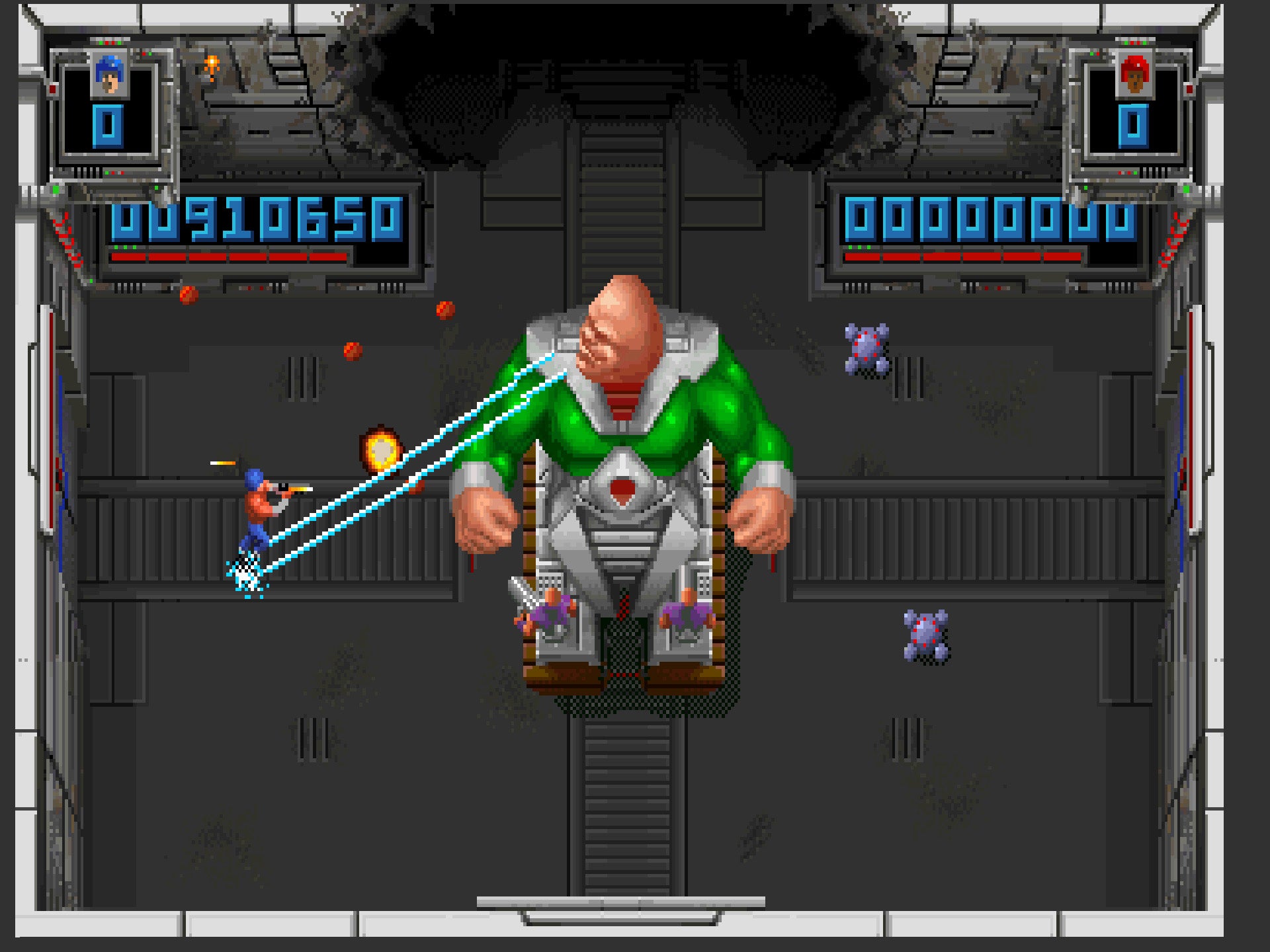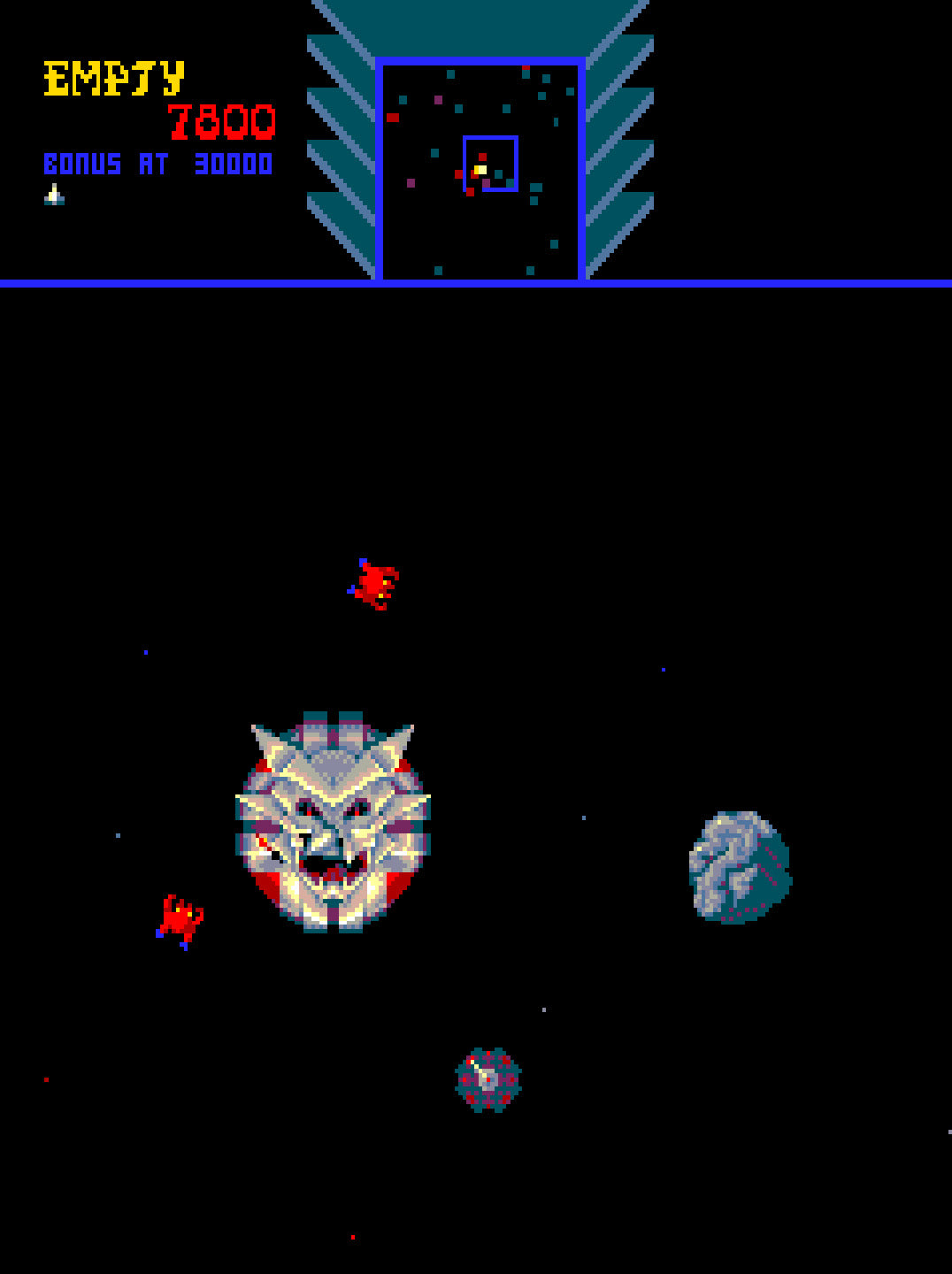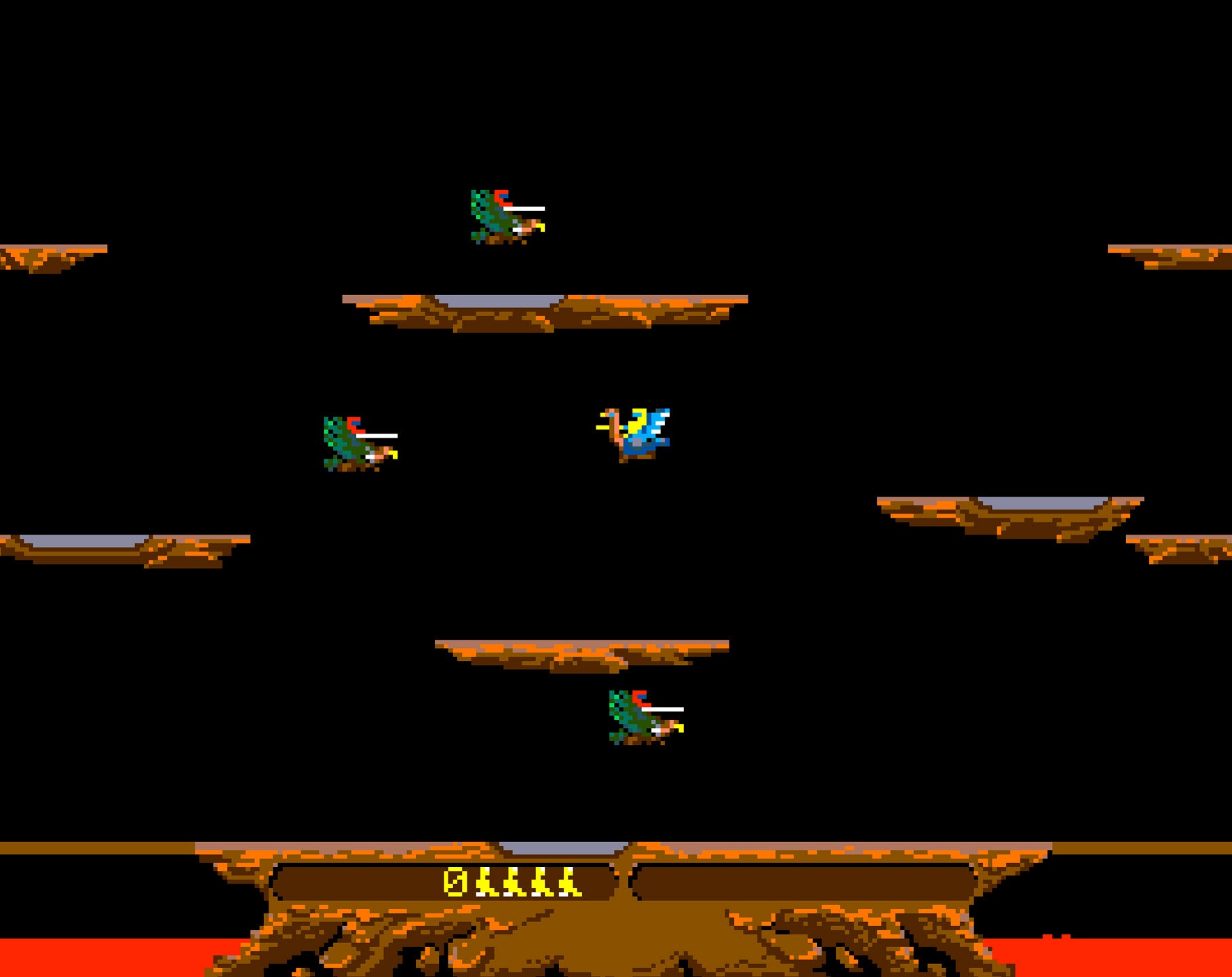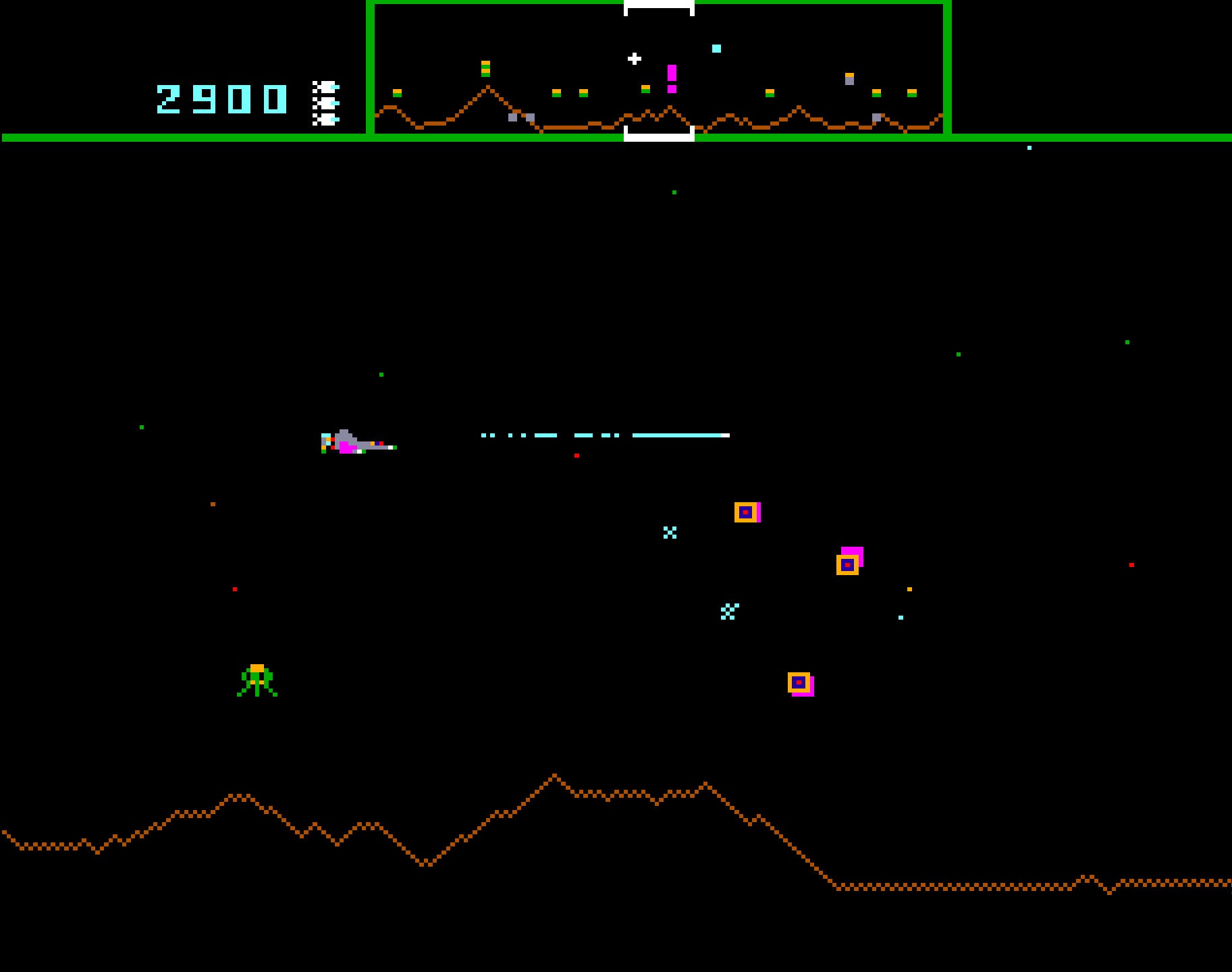Introduction
Williams Electronics was a pioneer in arcade gaming, producing some of the most innovative and challenging titles of the 1980s. Known for their fast-paced action, unique mechanics, and technical advancements, Williams' arcade games helped shape the industry. From groundbreaking shooters to intense multiplayer experiences, these are the top 5 Williams arcade games that left a lasting impact on gaming history.
5. Smash TV (1990)
Why It’s Iconic:
- A violent, over-the-top twin-stick shooter inspired by The Running Man.
- Non-stop enemy waves and a dystopian game-show setting.
- Featured co-op multiplayer, making it one of the best two-player arcade games of its era.
Taking the twin-stick mechanics of Robotron: 2084 and ramping up the intensity, Smash TV placed players in a deadly game show where they had to fight off endless waves of enemies for cash and prizes. The game’s dark humor and insane enemy count made it a cult classic.
“The very first thing I got up on the screen was a grunt, just kind of running toward my cursor and my little character that I would control in the joystick. I just kept turning more, and more, and more just to really exercise and understand the power of the hardware.” – Mark Turmell (Lead Designer, Smash TV), From Pinballs to Pixels, p. 201

4. Sinistar (1983)
Why It’s Iconic:
- First arcade game to feature digitized voice synthesis.
- A fast-paced space shooter with open-world movement.
- Features the terrifying Sinistar, one of gaming’s most menacing bosses.
Unlike traditional space shooters, Sinistar featured an open playfield where players had to mine for Sinibombs while avoiding enemy ships. The main threat was Sinistar itself, a massive, almost indestructible enemy that taunted players in real-time with phrases like “RUN, COWARD!”—a feature that terrified many arcade-goers.
“When the Sinistar appeared, it said ‘I live,’ which is one of the scariest things you’ve ever heard, especially if it was coming from off the screen somewhere else in the playfield.” – Jamie Lendino (Gaming Historian & Author), Attract Mode, p. 246

3. Joust (1982)
Why It’s Iconic:
- One of the few non-space-themed arcade hits of the 1980s.
- Unique flap-based physics controls for movement.
- Featured both co-op and competitive multiplayer.
Unlike most arcade games of its time, Joust didn’t involve spaceships or laser guns. Instead, players controlled a knight riding a flying ostrich, using a flapping mechanic to navigate the battlefield. The realistic gravity-based movement made the game both challenging and fun, and the simultaneous multiplayer mode added an extra layer of strategy.
“I was pushing Joust pretty hard because it was different, had simultaneous play, and that flying resonated with people because it was universally something people wished they could do.” – John Newcomer (Lead Designer, Joust), From Pinballs to Pixels, p. 88

2. Robotron: 2084 (1982)
Why It’s Iconic:
- Pioneered the twin-stick shooter genre.
- Non-stop action with overwhelming enemy waves.
- Highly influential, inspiring later hits like Smash TV and Geometry Wars.
Designed by Eugene Jarvis and Larry DeMar, Robotron: 2084 threw players into a chaotic world where they had to survive against relentless hordes of enemies. The game's twin-stick control system allowed players to move and shoot in different directions simultaneously, a revolutionary concept at the time.
“It was the first game to introduce the twin joystick, which let you fire in one direction and move in the other. It’s a very challenging control, most people cannot… probably 80% of the people cannot pat their head and rub their stomach at the same time. You actually have to be fairly coordinated with both hands, and you have to be able to deal with running away from something and shooting in another direction.” – Eugene Jarvis (Lead Designer, Defender & Robotron: 2084), The Ultimate History of Video Games, p. 222

1. Defender (1981)
Why It’s Iconic:
- One of the most difficult arcade games ever made.
- Introduced side-scrolling movement, revolutionizing arcade shooters.
- Fast, relentless gameplay that demands skill and precision.
Defender set a new standard for arcade shooters by introducing a scrolling game world, allowing players to fly forward and backward across multiple screens. It featured complex controls, high-speed action, and intense difficulty, making it a game that only the most skilled players could master.
“I came up with scrolling the screen, making the field larger than the actual screen. The Defender world turned out to be three and one-half screens or seven screens or something. Having a universe that was larger than the screen, that was just a huge, huge breakthrough.
My original idea was to go one direction. I tended to want to go left to right. My friend told me that was bogus, that you needed to be able to go backward. Changing the program to make it go backward was a pain in the ass, but he finally talked me into it.” – Eugene Jarvis (Lead Designer, Defender & Robotron: 2084), The Ultimate History of Video Games, p. 146

Conclusion
Williams Electronics set the standard for fast-paced, high-intensity arcade experiences, with each of these games pushing the limits of gameplay mechanics, graphics, and player interaction. From the groundbreaking side-scrolling in Defender to the twin-stick chaos of Smash TV, these titles remain among the greatest arcade games ever made.
Did your favorite Williams arcade game make the list? Let us know!
What's Your Favorite Williams Arcade Game?
Total Votes: 0

